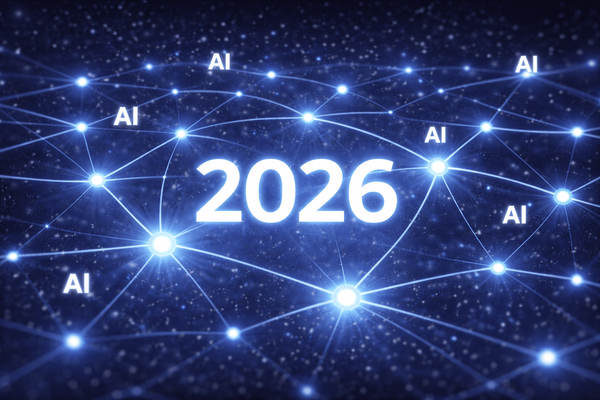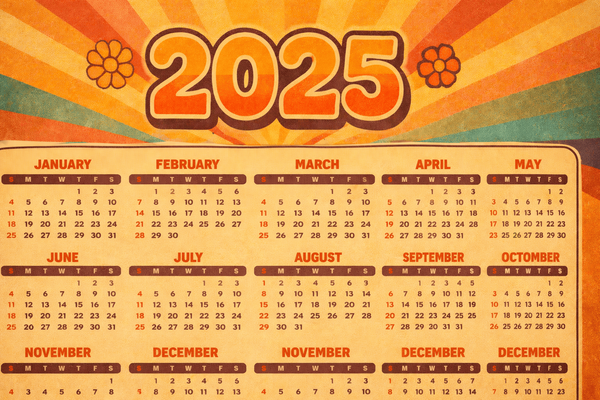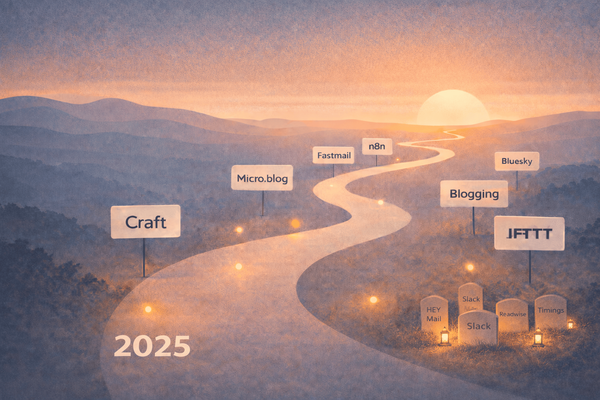Is The iPhone Killing Apple?
A question comes to my mind often these days: is the iPhone killing Apple? Apple was “for the rest of us” and the underdog for about half of his history. Apple was marching on a fine line dividing relevancy from extinction. Apple’s energy was focused, highly concentrated on caring on a small bunch o
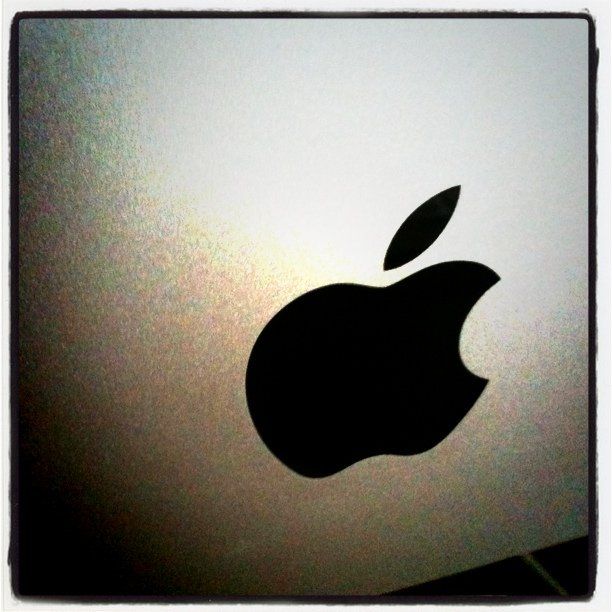
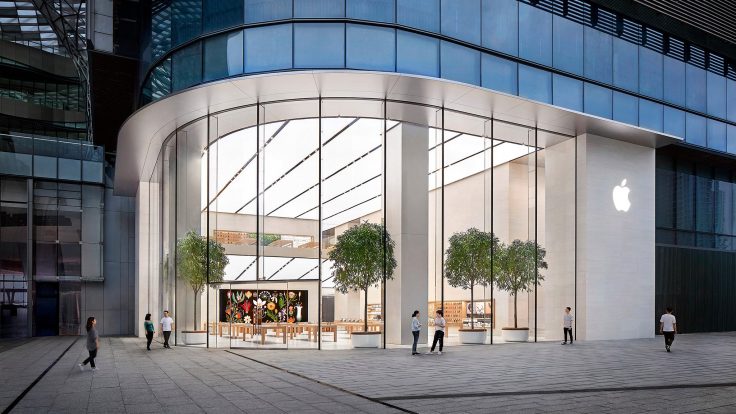
A question comes to my mind often these days: is the iPhone killing Apple? Apple was “for the rest of us” and the underdog for about half of his history. Apple was marching on a fine line dividing relevancy from extinction. Apple’s energy was focused, highly concentrated on caring on a small bunch of things called products. Probably the most talented people were working there. In all the places of the company, only the best people were assigned to a small set of projects. This is when all products made could fit on a table. This magical stars alignment gave birth to a long streak of very successful products, one of them being the iPhone. But things started to change with the iPhone and Apple became one of the top player. What happened?
iPhone, the sucker
The iPhone sucked all the attention and much of Apple’s resources. It happened gradually, with each iteration of the device. Every year, as Apple wanted to push the envelope, more resources were needed and poured into the iPhone line up. As the ecosystem was building up, Apple started to forget about the iPod because we went all in with the iPhone. But then, they started to forget about the Mac too. And the pro users. And the photography enthusiasts. Or the podcasters. Great product like the iPad is still suffering from an operating system that hold it back. iOS 12 didn’t help in this matter. And now with the upcoming iOS 13 release and macOS with Marzipan, the problem will be even more acute. Under this apparent marching revolution, things are actually stagnating on many fronts.
The multiplicity of iPhone models is also a source of resource contention. How can Apple make sure that each iOS release works with each supported iPhone models1? This kind of stuff takes a lot of time. A lot of resources.
Feeding the beast
Over the years, Apple created an ecosystem of more than a billion active users. They need to feed it with new stuff, like a living animal. More yes for every no than it used to be. As the hardware is maturing, and people keep their products longer, to keep the revenues stream, Apple now turns to creating and selling services. These, in turn, suck even more attention, more resources from all over the places at Apple. Here is a troubling quote from a source at Apple as reported by John Gruber in a recent blog post:
Last year, a source at Apple admitted to me that they had “taken their eye off the ball on Mac”. Regular speed bumps are a very strong sign that their eye is back on the ball, especially in the pro market, where artists, video pros, developers, and scientists really can use every CPU and GPU cycle they can get.
I don’t think speed bumps are enough to convince me here. A new and profoundly redesigned and shipping Mac Pro with external pro display would do the trick. Fixing the MacBook keyboards would do even better. Updating their products more often would help too, even specs bump upgrades would be enough.
Android fast evolution
There is an interesting comparison to be made with Android, specifically the Android + Pixel smartphone combo. They were the underdog a few years ago. But Google kept iterating each year just like Apple but probably faster than Apple did with iOS. And it shows in places like we didn’t think would become Google’s forte, smartphone photography2. They merged their assistant stuff into the operating system leaving Siri far behind. They created a unified visual language and gave it a name: “material design”. There is no such thing on iOS. What we’ve got is a fracture: what came before iOS 7 and what came after 3. From a design company like Apple this is hard to explain. What is the current visual language of iOS called again? 4
Don’t get me wrong. Apple is still a very successful company with products that delight and empower. They still do things that no other seems to care about. Privacy is one of these. Not being in the advertisement business is another. Coming up with a wonderful piece of technology that is a joy to use like the AirPod is another. Yet, I get the feeling these hits are harder to come. For every successful and meaningful new product, they have more failures than they used to. I like this piece by M. G. Siegler “Reading the Room”.
Inertia
Apple’s attention is diluted with so many things. They need to make all the pieces work together. Each product evolves at a slower pace because a lot of energy goes into making sure they work with others and with each service. A simple example of this is the Continuity feature on macOS and iOS 5. As they add more services, more device types, it sucks even more resources to keep this feature working. So they forget about things they used to care before. The pro market is a glaring example. They are evangelists in a sense. They are very vocal. Yet, they are left in the cold, left behind. So they start to look somewhere else for things like building a better Macintosh. Yes, Apple kind of woke up in the last two years but the damage has been made. But they put themselves back in the underdog territory alone.
The long lasting catastrophe with MacBook keyboards is another sign that Apple is no longer the Apple we used to love a few years ago. How is this possible that after more than four years, MacBook customers are still suffering in so many ways. From the outside, this is how it looks like now, from QZ.com:
Even if resources are being shifted to help figure things out and businesses aren’t being monitored as hawkishly as they used to be, it now seems that computers feel more like an afterthought at the company that used to be called Apple Computer.
And we get things like exchange and repair programs. A lot of them. Sure other companies don’t care as much as Apple for “fixing things”. Not having to fix things would be even better. Being in this situation is awkward for Apple to explain since they are sometimes so full of themselves when they talk about design during their numerous keynotes.
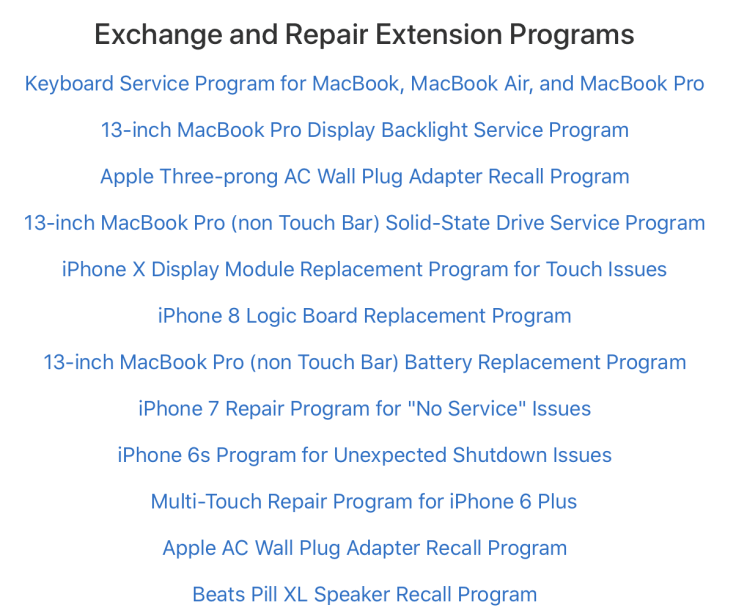
Currently active exchange and repair programs available here: https://www.apple.com/support/exchange_repair/.
What to expect in the future?
Is the future still bright for Apple? I think so. Large numbers law is in full swing after all. But, really, am I confident in Apple’s ability to recenter its efforts on making insanely great products? It depends. The iPhone is done. The iPad is waiting for a great iOS version. The Apple Watch is not yet done. Pro users are fed up of waiting. This year seems to be the last year where Apple will right the wrong when it comes to its Mac line and the pro market. We’ll see what’s in store in the near future.
- No wonder why many older iPhone models won’t be supported by the upcoming iOS 13 release. Apple is just trying to focus its attention here. ↩
- See “Apple Falls Behind in Smartphone Photography“https://numericcitizen.me/2019/04/22/apple-falls-behind-in-smartphone-photography/. ↩
- This event horizon will be remembered for a long time. For many, this marks the moment where Apple lost what made them special. They un-designed iOS. ↩
- Crickets, crickets, crickets ↩
- It still doesn’t always work as expected in my experience.↩
